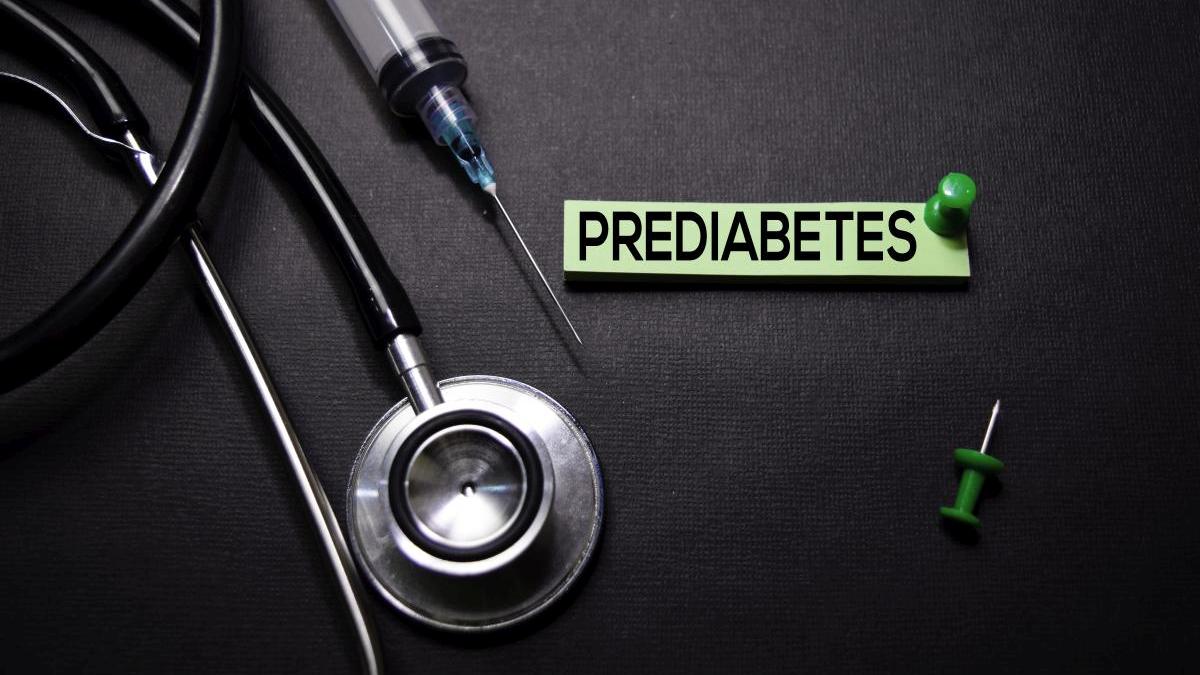What is prediabetes?
Prediabetes is not a clinical term, but medical professionals often use it to describe people at high risk of type 2 diabetes. In that case, the blood sugar levels are higher than usual but not high enough to be diagnosed with type 2 diabetes.
You may not experience any symptoms if you have prediabetes. When you start having symptoms of type 2 diabetes, you have most likely already developed it. Therefore, it is crucial to know the risk factors and ways to avoid developing actual diabetes.
Preventing type 2 diabetes
Being at risk does not mean that you will develop type 2 diabetes. However, it is a sign to start making healthy changes to your lifestyle to reduce the risks. Your healthcare team can help you with that. Now let’s talk about some factors that you should pay attention to in order to prevent the disease.
Weight management. If you are at high risk of type 2 diabetes and have extra weight, losing even 5% of your body mass can significantly reduce the risk. There are various ways you can lose weight, and you can find what works best for you. Active lifestyle and healthy food choices are a good place to start. You can consult with a dietitian if you need help with that.
Diet. There is no specific ‘prediabetes diet.’ However, the food we consume is related to the risk of developing type 2 diabetes. For example, food and drinks with high fat, sugars, and low fiber have a negative effect on your health. It would help if you minimized their consumption and tried to eat more foods like fruits and vegetables, whole grains, cheese and yogurt, unsweetened tea, and coffee.
Activity. A sedentary lifestyle is linked with an elevated risk of type 2 diabetes. In contrast, staying active in your daily life can help to reduce those risks. You can start by making small changes to your day-to-day life to be more active every day. Think about walking somewhere instead of taking a bus or having short walks on your lunch break.
More details:
Differences between type 1 and type 2 diabetes
Causes, mechanisms of the disease development and symptoms (Diabetes mellitus type 1)
Causes, mechanisms of the disease development and symptoms (Diabetes mellitus type 2)
















Leave a Reply
You must be logged in to post a comment.